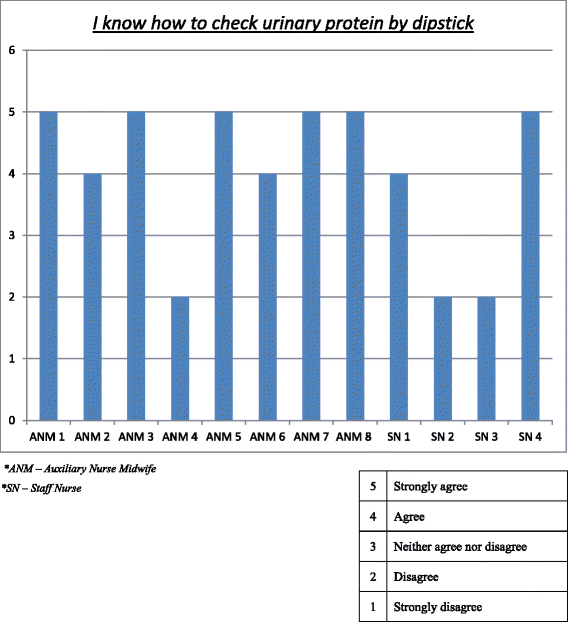Community health worker knowledge and management of pre-eclampsia in rural Karnataka State, India
- PMID: 27719678
- PMCID: PMC5056468
- DOI: 10.1186/s12978-016-0219-8
Community health worker knowledge and management of pre-eclampsia in rural Karnataka State, India
Abstract
Background: In India, the hypertensive disorders of pregnancy and postpartum haemorrhage are responsible for nearly 40 % of all maternal deaths. Most of these deaths occur in primary health settings which frequently lack essential equipment and medication, are understaffed, and have limited or no access to specialist care. Community health care workers are regarded as essential providers of basic maternity care; and the quality of care they provide is dependent on the level of knowledge and skills they possess. However, there is limited research regarding their ability to manage pregnancy complications. This study aims to describe the current state of knowledge regarding pre-eclampsia and eclampsia among community health care workers (auxiliary nurse midwives, accredited social health activists, staff nurses) in northern Karnataka, India. Furthermore, this study describes the treatment approaches used by various cadres of community health workers for these conditions. The findings of this study can help plan focussed training sessions to build upon their strengths and to address the identified gaps.
Methods: Data were collected as part of a larger study aimed at assessing the feasibility of community-based treatment for pre-eclampsia. Eight focus group discussions were conducted in 2012-2013 in northern Karnataka State: four with staff nurses and auxiliary nurse midwives and four with accredited social health activists. In addition, twelve auxiliary nurse midwives and staff nurses completed questionnaires to explore their competence and self-efficacy in managing pre-eclampsia. Qualitative data were audio-recorded, transcribed verbatim and translated for thematic analysis using NVivo 10.
Results: Community health workers described their understanding of the origins of hypertension and seizures in pregnancy. Psychological explanations of hypertension were most commonly reported: stress, tension, and fear. The most common explanation for eclampsia was not receiving a tetanus vaccination. Despite some common misperceptions regarding aetiology, these community health workers demonstrated a good grasp of the potential consequences of hypertension in pregnancy. According to auxiliary nurse midwives and staff nurses, if hypertension was detected they encouraged rest, decreased salt intake, iron supplementation and tetanus vaccination. In addition, some staff nurses administered antihypertensives, MgSO4, or other anticonvulsants. All auxiliary nurse midwives had some awareness of MgSO4, but none had administered it themselves.
Conclusions: This study showed that knowledge regarding the aetiology of pre-eclampsia was limited. Nevertheless, their basic knowledge and skills could be strengthened to more effectively manage the hypertensive disorders of pregnancy in their communities.
Trial registration: NCT01911494.
Keywords: Blood pressure; Community health services; Community health workers; Developing countries; Eclampsia; Hypertension; India; Magnesium sulfate; Maternal health; Maternal mortality; Nurse midwives; Pre-eclampsia; Pregnancy; Proteinuria; Public health; Referral and consultation; Rural health.
Figures
References
-
- Registrar General of India, Sample Registration System (RGI-SRS) http://pib.nic.in/newsite/mbErel.aspx?relid=124244 visited on 22 Feb 2016
-
- SRS Bulletin, Sample Registration System, Registrar, General of India, Ministry of Health, Government of India. 2014; Volume 49 (1)
MeSH terms
Associated data
LinkOut - more resources
Full Text Sources
Other Literature Sources
Medical



